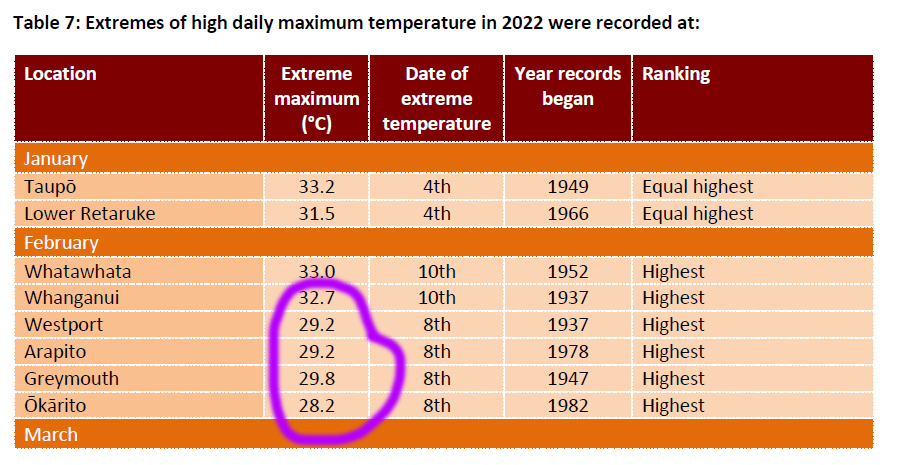 PERCHANCE TO WALK
PERCHANCE TO WALK
Sleep is still barely understood; sleepwalking, even less so.
A look into the bizarre world of people who go bump in the night
So I sleepwalked the other night. I didn’t go far, just down the hall to the boys’ room and lay down on the floor and continued my snooze in the more traditional, horizontal manner. Obviously, I don’t recall this, nor do I recall my confused husband coming in to fetch me. Why should I? After all, I was asleep. Sleepwalking is a common form of parasomnia, which one sufferer described as “things that go bump in the night.” Sleep, as we all know, can be tricky.
More than 15% of children are thought to suffer from parasomnias of some sort, and this is considered normal childhood behavior. Most young children will occasionally talk or call out in their sleep (“no…I won’t share her…she’s mine!” being my favorite overheard phrase, confirming that a sleeping toddler is, indeed, a toddler).
In adults, parasomnias are less common, affecting something around 6% of the population. They are sometimes a sign that there is something more seriously wrong with the sufferer, and therefore should be investigated. In adults, parasomnias are most commonly linked to drinking, taking drugs, stress and sleep deprivation. I may have been under the influence of at least one of the above when I took my sleepwalk – I’ll leave it to you to guess which.
A parasomnia, according to the psychiatric bible, Diagnostic and Statistical Manual of Mental Disorders (or as it is known in the business, “DSM – IV”), is a “disorder of arousal, partial arousal, or sleep stage transition. It represents an episodic disorder in sleep (such as sleepwalking) rather than a disorder of sleep or wakefulness per se. May be induced or exacerbated by sleep; not a dyssomnia.” The dysomnias, by way of contrast, are a separate category of sleep ddisorder and are difficulties sleeping or waking up: sleep apnoea, narcolepsy, and that old chestnut, insomnia.
Parasomnias are things like teeth grinding, sleep talking, sleep terrors and REM sleep behaviour disorder (RSBD). This lattermost disorder is particularly scary as it is characterized by twitching and other violent movements in the sufferer’s sleep that can cause injury. And researchers have been discovering that parasomnias are in fact more common than previously thought.
As I said, sleep is tricky; it is complex and poorly understood. It’s tough to define sleep, for which reason most definitions of sleep become ridiculous. It’s some kind of important state that all animals go into where we loose consciousness to varying degrees and undergo characteristic changes to our brain waves. Dreaming is undertaken, although not always remembered, and is widely thought to be the brains system for going through junk it has picked up or is sorting through and making sense of it. A good analogy is a computer hard drive, which needs its old junk and temporary files it accumulates with use cleared out from time to time. The interpretation of dreams (paging Dr Freud) is a fun parlour game, but is like any form of insight; you need to have some in order to have more. If you keep dreaming of suitcases and hats and the cigar chompers keep telling you it’s about sex, this means you are spending too much time with the cigar chompers. The exception, obviously, is if while you are awake you believe that a dream of ripe fruit heralds a pregnancy. If everyone in your culture believes this, such a dream is a likely sign you are thinking about this. Even your own private subconscious is sociologically programmed and subject to peer pressure.
Sleepwalking can of course be incredibly dangerous: The person is not awake but they can take in some information. They can see their coffee table and walk around it, even if the sleeping brain “sees” a lake or a dragon or what have you in the place of the real object. For this reason, if you lock a sleepwalker in the house, their sleeping brain can find still find the keys if their awake brain can. Sadly, sleepwalkers have been killed walking on highways, and even behind the wheels of their cars. The latter has occurred on only a few documented occasions, and tended to lead to sleep studies being carried out, largely for medico-legal reasons.
“Sexomnia” has been studied in recent years, and looks set to be officially listed as a disorder. Last year the first and only mass-market book on the phenomena was published (Sleepsex: Uncovered by Dr. Michael Mangan, available from Amazon.com or as an e-book from www.clickbank.net). Unlike sleepwalking, sufferers are unlikely to wake up in a strange place if they have had sex in their sleep, and it occurs at a different stage of sleep to sleep walking. “Sexsomnia” is not necessarily a problem for all people who have it, although it can cause serious relationship problems, and in some cases the person may be violent. Consent therefore becomes an issue if only one party is awake. The awake person may be assaulted by the sleeper, or conversely, may believe the sleeper to be awake, and take advantage of the situation. It’s a medico-legal minefield, and raises difficult situations: if you were raped by someone who was asleep would you want them to be punished? How does one prove that someone with a sleep disorder that can be scientifically established was, nonetheless, asleep at the time?
Sleepwalking was first raised as a defense to murder in the United States in 1846, and the killer, Albert Tirrell, got off, after nearly decapitating a high-class prostitute he was obsessed with and wanted to marry. (She refused; after killing her, he then set fire to the brothel in which she worked). But he had a known history of sleepwalking, and denied all knowledge of the murder and was acquitted. Today, 150 years later, the science would not have been able to help shed much more light on things: while Tirrell could have been sent to a sleep lab to see if he had a parasomnia, there would still be know way of knowing whether he was asleep at the time of the murder and arson.
Sleep is imbued with meaning in our culture – probably in all cultures. It’s a pretty weird thing that we animals do; the only evolutionary advantage sleep is thought to confer is that perhaps there are times that being out cold is safer than running around hunting. Perhaps. It’s not the best theory, really. Just another pitiful dumb human attempt to understand why we need to sleep. We don’t understand much about sleep, except that we do need it; we get very messed up without it, and rats who are prevented from sleeping get sick and die.
For which reason, of course, we need to sleep. Practical advice: Don’t go to bed until you’re tired; face the alarm clock to the wall; if you can’t sleep get up until you are really tired; and if you read before bed don’t do it in bed. Bed is only for activities you can do with the light off. Yawn. I think I’m done.







